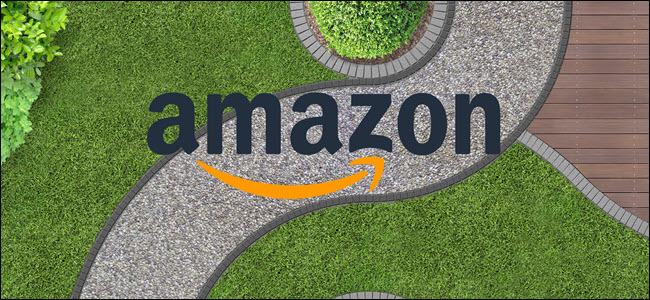A New Wireless Standard: What Is Amazon Sidewalk?

At Amazon’s annual hardware event, the company revealed a new wireless standard for the Internet of Things and smarthome devices called Sidewalk. Sidewalk promises longer range than Wi-Fi and Bluetooth with lower power usage and complexity than 5G.
What Is Amazon Sidewalk?
Sidewalk is a new wireless standard that Amazon hopes smarthome and other IoT devices will use to communicate instead of Bluetooth, Wi-Fi, 5G, and the many additional standards out there. The problem with existing standards is a question of range, complexity, and power usage.
Most of the current wireless standards don’t broadcast far and are typically confined to your home. Those that can reach far distances are incredibly complex to set up. And power usage, especially with battery-powered devices, is always a concern.
Amazon says Sidewalk solves these problems. By relying on low bandwidth 900 MHz spectrum, it has longer range and better building penetration than Wi-Fi and Bluetooth. And, much like some Wi-Fi devices, Sidewalk forms mesh networks to extend that distance. The 900 MHz also benefits from lower power usage and less complexity from a cellular standard like 5G.
With the Sidewalk standard, Amazon wants to bring your smarthome outside, to the rest of the world.
A Low Power, Wide-Ranging Spectrum

Most wireless standards consumers use don’t have much range. Wi-FI, ZigBee, and Z-Wave typically reach just inside your home, and maybe barely into your yard. And even then, they often require repeaters of some sort to cover the whole home. Bluetooth’s reach is drastically shorter, sometimes measured in inches.
The good thing about Wi-Fi, Z-Wave, ZigBee, and Bluetooth is they don’t typically require much power or expensive equipment to utilize. Some of them will even do well on battery power alone.
The other major wireless standards consumers encounter revolve around their cell phones and tablets—that is LTE and shortly 5G.
These two standards have a much larger range than Wi-Fi or Z-Wave but come at a cost. The equipment to broadcast is incredibly expensive (do you own an LTE tower?), hard to maintain, and requires a vast amount of power to run. It’s not appropriate for your yard, for instance.
Amazon’s Sidewalk aims to broach the best of both worlds. The company promises the standard will use relatively low power (measured in years of battery life), yet at the same time, the network will have a much wider range than Z-Wave or ZigBee—up to half a mile. The company is accomplishing this by repurposing unlicensed spectrum, 900 MHz.